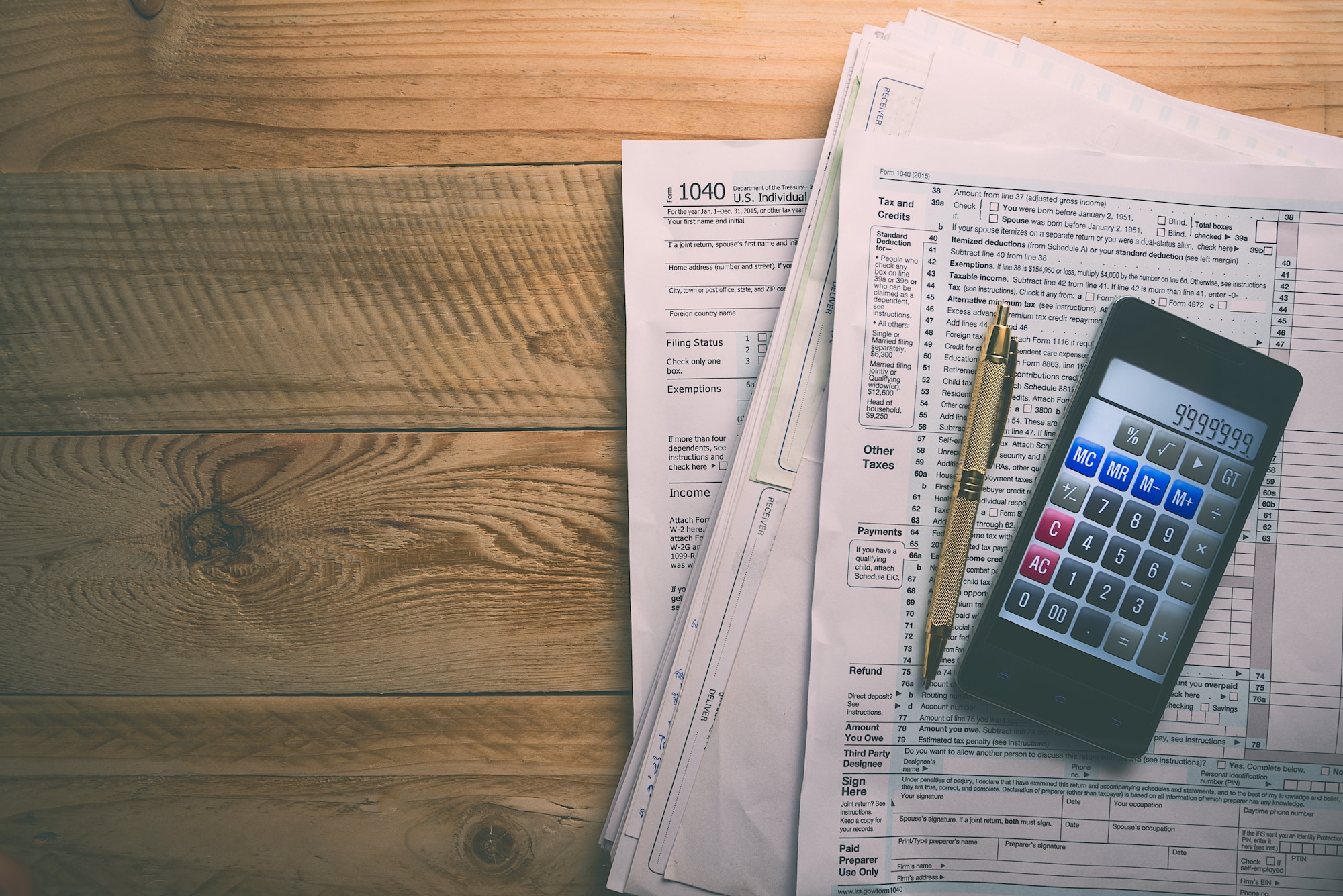If you’re an independent contractor, freelancer, or self-employed professional, you’re in good company. A recent study shows that more than 1.5 million Canadians are self-employed, and indicates that 45% of Canadians will be self-employed by 2020. Maybe your goal is to supplement your regular income, as 41% of self-employed Canadians are doing. Or perhaps you want to achieve more flexibility in your work-life equation, like 47% of those surveyed said. Whatever your reasons, with a lower self-employment tax bill, you can keep more of what you earn. Once you understand the tax implications of self-employment, you can engage in activities that lower taxes for your business and yourself, and get the most from tax credits and deductions available to you.

5 Ways To Minimize Self Employment Tax
Enlist Help From Accounting and Tax Professionals and a Software Service
You can achieve success as a sole practitioner or proprietor, independent contractor, or single freelancer like so many others, but it’s easier with help from a professional bookkeeper, a tax accountant, and a software service. Efficient bookkeeping ensures you stay on top of routine paperwork, and experienced tax professionals, such as CPAs and tax attorneys, keep you informed of changing laws and regulations and ensure you don’t miss those money-saving tax breaks. Software such as QuickBooks Online and QuickBooks Self-Employed streamline processes including invoicing, time-tracking, and organizing receipts. All of these components support you, so you’re free to grow your business and enjoy the benefits of your hard work.
You’re in business for yourself because you love what you do, don’t you want to do it more efficiently? QuickBooks Self-Employed helps freelancers, contractors, and sole proprietors track and manage their business on the go. Try it today for free.
Invest in and Market Your Small Business
When you’re self-employed, your greatest business asset is you. Investing in and marketing your small business equals an investment in your professional and personal future, and there are tax benefits waiting in the wings. Do you use traditional media to promote your business? You can deduct 100% of advertising expenses if you invest in Canadian radio, TV station, and newspaper ads. The Canada Revenue Agency (CRA) applies special rules to magazine and periodical advertising deductions, but it might be worth your time and money to investigate. You can also deduct the cost of designing, producing, and distributing materials including flyers, palm cards, business cards, banners, and websites that promote your services or goods.
Contribute to Your Retirement for Lower Taxes
If you haven’t yet done so, it’s a good idea to open accounts that lower taxes now and later. One great option for self-employed people like you is a Tax-Free Savings Account (TFSA), and another is a Registered Retirement Savings Plan (RRSP).
Tax-Free Savings Accounts (TFSA)
Anyone who’s at least 18 years old and has a valid social insurance number (SIN) can use a TFSA to set money aside throughout their lifetime. TFSAs are available from banks, credit unions, insurance companies, and trust companies. You can choose from three types of accounts, known as deposit, annuity contract, and arrangement in trust accounts.
As the name tells you, the money you invest in a TFSA grows tax-free. Another benefit is that it offers flexibility to make withdrawals whenever you choose, which gives you a source of funds when things get tight, or if you want to make an investment in your business. Everything you contribute and any income your TFSA earns, such as investment income and capital gains, is generally tax-free when you withdraw funds.
Unfortunately, you can’t take deductions on your tax return for your TFSA contributions. So how do you benefit up front? If your income is less than $40,000 a year, you might want to use a TFSA as your major retirement savings vehicle, as you’re in a lower tax bracket where not having that tax deduction doesn’t reduce your income as much as it would if you were in a higher bracket. You reap greater benefits later, when you’re in a higher bracket and drawing your savings and interest out without paying taxes on the money you get.
Registered Retirement Savings Plans (RRSP)
The RRSP is another effective way to build your retirement nest egg and reduce your self-employment tax liability. You establish and contribute to a plan, the federal government registers it, and you deduct your contributions on your income tax returns. If you have a spouse or common-law partner, they can contribute and reap the benefits, too. Generally, income you earn in your RRSP is tax-exempt for as long as you leave the money in the plan. When you make withdrawals, you pay tax on what you receive.
How Do TFSAs and RRSPs Work Together to Lower Taxes?
With a TFSA, you don’t get a tax deduction on the front end, but you reap tax benefits on the back end when you make tax-free withdrawals. With an RRSP, you take your tax deduction on the front end, and pay tax on your withdrawals as regular income. So if you’re making more than $40,000 a year now, you might want to contribute to both a TFSA and a RRSP. Are you earning six figures? For lower self-employment tax on both ends, consider maxing out your yearly RRSP contributions first because you’re in a higher tax bracket, and then funding your TFSA. Keep in mind, for 2019, the RRSP contribution limit is $26,500, and the 2019 TFSA contribution limit is $6,000, up from $5,500 in 2018. If you’ve been eligible for the TFSA since it was introduced in 2009 and you’ve never contributed, you can put in even more.
Align Your Business With a Charity to Lower Self-Employment Tax
Making charitable donations delivers myriad benefits from which many people can feel the effects. When you support a charity financially:
- Donations help registered charities carry out their missions to improve people’s lives
- Philanthropy generates goodwill for your business, which increases its overall value
- Support of charitable work helps build, strengthen and solidify customer relationships
- It feels good to serve and support your community
- You benefit from lower taxes
With all those other positive results from charitable giving, you might even say lower self-employment tax is the least important benefit. But before you whip out your pen and cheque book, you should make sure you’re familiar with CRA rules on taking tax deductions for charitable donations. To make a charitable gift that yields lower taxes, your donation must be to a Canadian registered charity or qualified recipient, and your charitable donation must be in a certain form, such as cash, securities, or property, including real estate, cars, or boats. You can give to nonprofits as well, but your gifts won’t get you deductions on your income tax return and volunteering your time may be valuable, but it’s not tax-deductible. If the receiving charity issues a receipt, it’s wise to keep it so you can record your gift properly for tax deductions and credits at tax time, as well as to validate your credits and deductions if the CRA conducts an audit.
Get Savvy About Deductions
While you’re thinking about self-employment tax deductions, it’s smart to learn what’s available to you as a small-business owner that can reduce your taxable bottom line year after year. Costs of business-related leisure activities, employee salaries and benefits, and consulting fees are among the numerous deductions that enable you to pay lower taxes on your earnings. Consulting a tax professional about your business activities and changes in federal, provincial, and territorial tax laws may reveal more deductions and credits for self-employment tax savings. And remember, you can write off those consulting fees, too.

